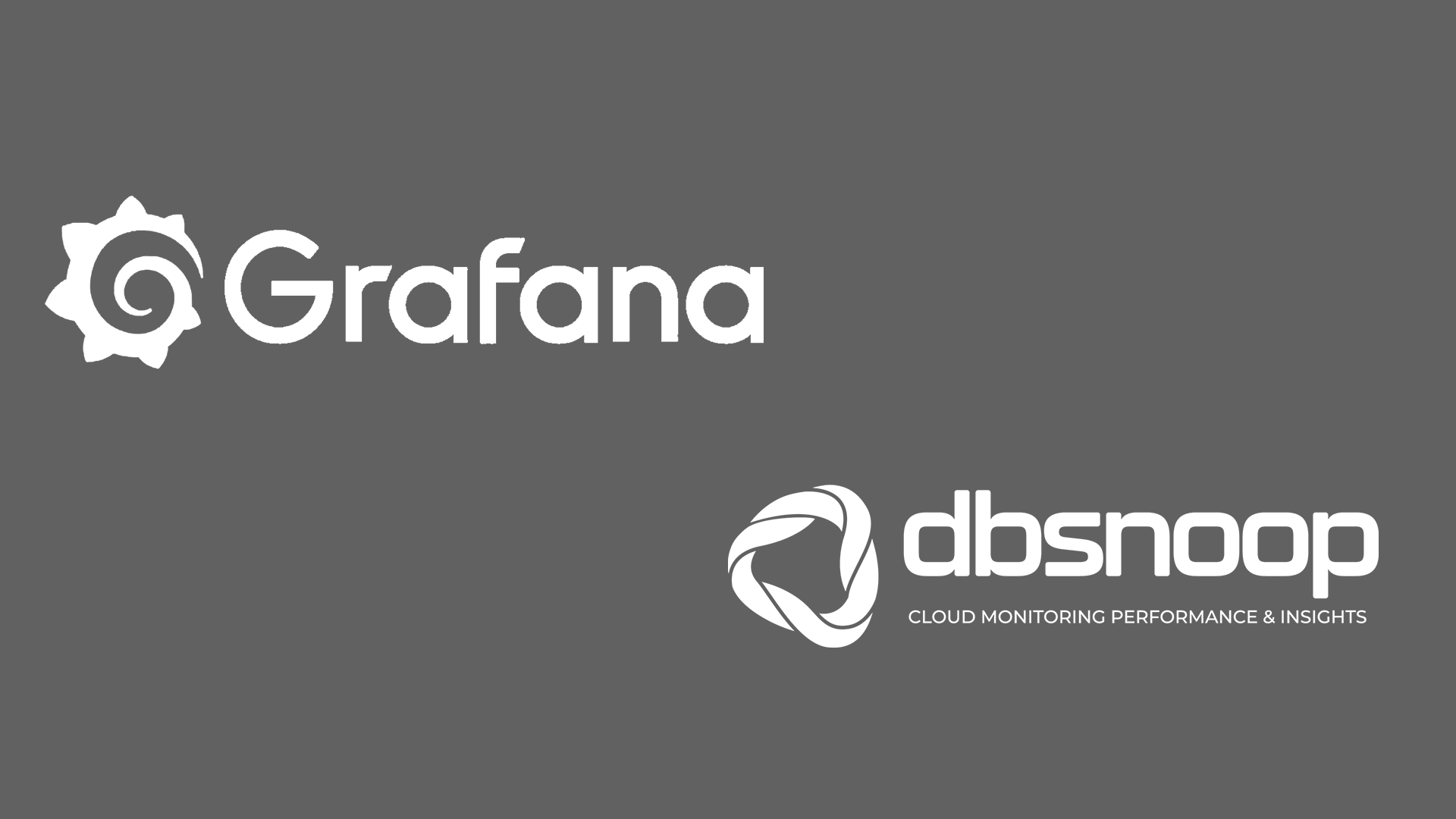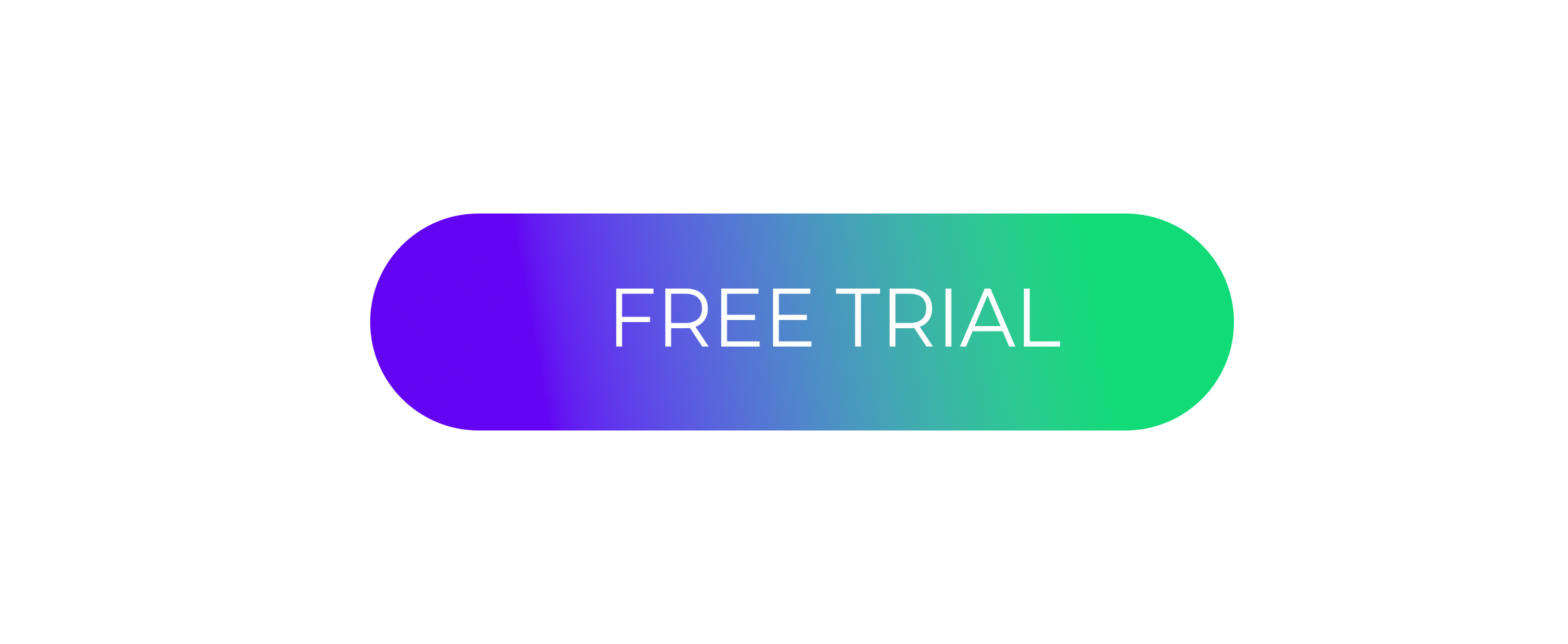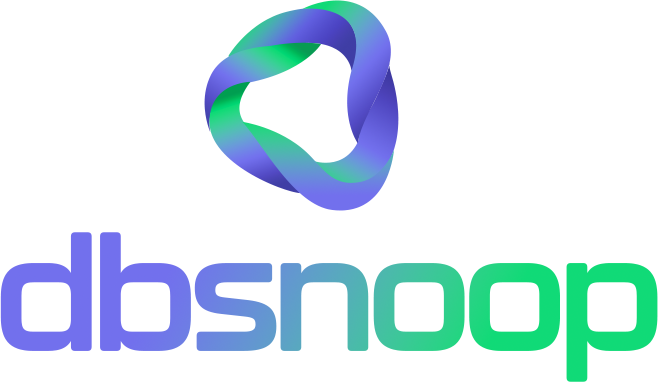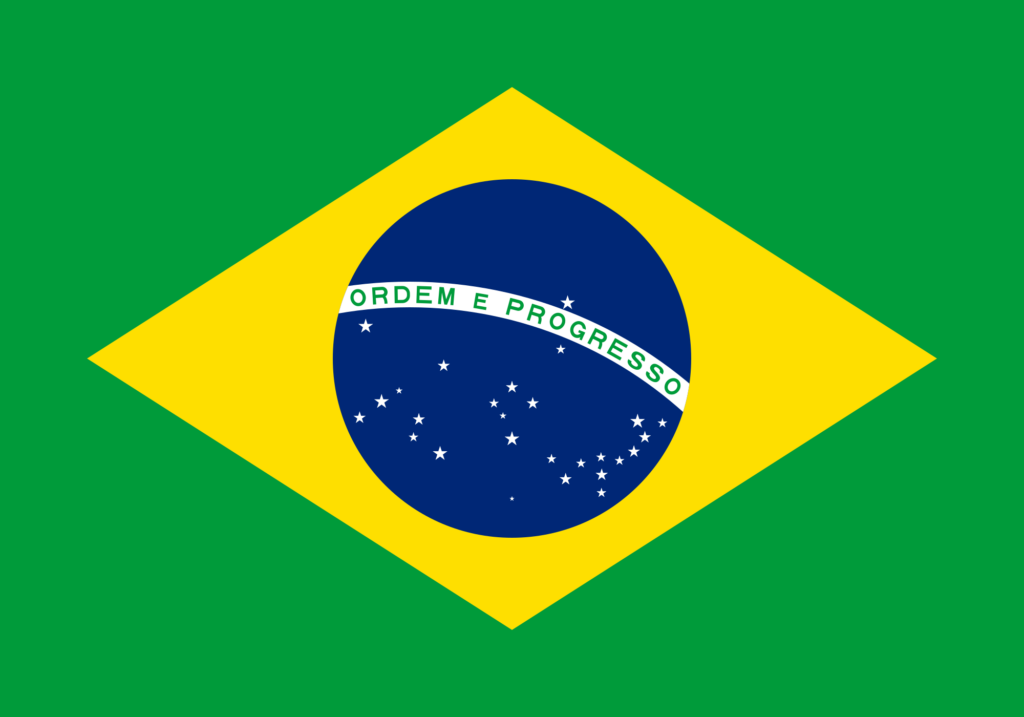
In today’s data-driven world, database observability has become crucial to ensure application performance, security, and compliance. Tools like Grafana and dbsnOOp play significant roles in this context. While Grafana is widely used for data visualization and monitoring, dbsnOOp is a specialized solution focused on databases, with advanced features and integrated artificial intelligence.
This article offers a detailed comparison between Grafana and dbsnOOp, exploring their features, observability capabilities, and cost models, helping organizations make informed choices for their database management needs.
Database Observability
Database observability refers to the ability to monitor, understand, and diagnose database system behavior in real-time. This includes tracking performance metrics, query analysis, resource management, and ensuring compliance with regulations such as the LGPD (General Data Protection Law).
An effective observability solution should provide deep insights, facilitate problem-solving, and enable continuous database system optimization.
Feature Comparison
The table below presents a detailed comparison of Grafana and dbsnOOp features:
| Feature | Grafana | dbsnOOp |
|---|---|---|
| Primary Focus | General data visualization and monitoring | Specialized database observability |
| Database Support | Broad support via plugins (PostgreSQL, MySQL, SQL Server) | Dedicated database support with specific optimizations |
| Integrated Artificial Intelligence | Requires integrations or additional plugins | Built-in AI for predictive analysis and optimization |
| Dashboard Customization | Highly customizable | Pre-configured and customizable dashboards |
| Ease of Use | Requires setup and learning curve | Intuitive interface focused on usability |
| Alerts and Notifications | Custom alert support | Smart alerts with AI-based recommendations |
| Scalability | Highly scalable with multiple data source support | Database-focused scalability |
| Community and Support | Large open-source community | Dedicated commercial support |
| Cost | Variable pricing model and potentially unpredictable | USD 50 per database instance |
| Query Catalog | Requires additional tools | Catalogs all queries for performance analysis |
| Metadata Management | Limited, depends on plugins | Complete metadata management, including LGPD compliance |
| Patches and Hotfixes | No detailed information | Shows version and security updates |
| Flashback | Not available | Allows time travel for analysis and RCA |
| Health Check | Requires manual setup | Automatic compliance and capacity reports |
| Database Inventory | Limited | Detailed technology, vCPU, memory, and disk specs |
| Storage Inventory | Not available | Lists all disks and consumption |
| Behavior Analysis | Requires advanced configuration | Integrated database and server behavior analysis |
| Thread Live | Not supported | Real-time monitoring of threads and connections |
| Command Scheduling | Requires external integrations | Native command/script scheduling |
Detailed Exploration of dbsnOOp Features
Query Catalog
dbsnOOp catalogs all queries executed in databases, enabling:
- Performance Analysis: Identifying queries that degrade over time.
- Problem Detection: Tracking if issues are related to new queries introduced in system or application updates.
- Continuous Optimization: Facilitating query optimization to improve overall performance.
Metadata Management
With dbsnOOp, it is possible to:
- View Complete Metadata: Gain a comprehensive view of all database metadata.
- LGPD Compliance: Identify protected fields and ensure compliance with regulations.
- Versioning and Comparison: Version databases, compare structures, and generate scripts for standardization.
Patches and Hotfixes
- Visible Updates: Displays information about version updates and security patches.
- Proactive Management: Allows administrators to keep systems up-to-date and secure.
Flashback
- Time Travel: Enables viewing the state of the database and server at specific moments.
- Root Cause Analysis (RCA): Facilitates problem identification and source tracing.
Health Check
- Automated Reports: Generates compliance and capacity reports for databases.
- Health Monitoring: Continuously evaluates system health to prevent failures.
Database and Storage Inventory
- Resource Detailing: Provides information on technology used, vCPU, memory, and disk.
- Storage Management: Lists all disks and their consumption, aiding in resource management.
Behavior Analysis
- Deep Insights: Analyzes database and server behavior to identify patterns and anomalies.
- Resource Optimization: Helps in efficient resource allocation and performance improvement.
Thread Live
- Real-Time Monitoring: Displays all active threads and connections in the database.
- Connection Management: Allows terminating connections or queries that compromise database performance.
Command Scheduling
- Task Automation: Schedules commands or scripts for execution on one or multiple servers.
- Operational Efficiency: Reduces the need for manual intervention and enables scheduled maintenance.
Cost Analysis
dbsnOOp
dbsnOOp offers a simple and transparent pricing model:
- Fixed Cost: USD 50 per database instance.
- Financial Predictability: Facilitates budget planning with no hidden costs.
- Return on Investment (ROI): Specialized features can result in significant operational savings.
Grafana
Grafana has a more complex pricing model:
- Free Version: Basic functionality with limitations.
- Grafana Pro and Enterprise: Advanced features available for a fee.
- Variable Costs: Dependent on factors like the number of users, premium plugins, and support.
Estimated Pricing for Databases:
- PostgreSQL: Ranges from USD 200 to USD 500 per month, considering plugins and support.
- MySQL: Similar costs to PostgreSQL.
- SQL Server: May exceed USD 500 per month due to additional licensing.
Note: These values are estimates and may vary based on specific needs and chosen licensing model.
The choice between Grafana and dbsnOOp depends on the organization’s specific observability and database management needs.
- Grafana: A powerful tool for general data visualization, suitable for organizations needing to monitor a variety of data sources and seeking high customization. However, it may require complex configurations and present unpredictable costs.
- dbsnOOp: Offers a specialized solution for databases with advanced features such as integrated artificial intelligence, query cataloging, metadata management, and more. Its fixed pricing model of USD 50 per database instance makes it an economical and predictable option.
Recommendations
- For Organizations Focused on Databases: dbsnOOp is highly recommended due to its specialized features and cost-effectiveness.
- For General Monitoring Needs: Grafana may be suitable, especially if there is already infrastructure and expertise to manage it.
Final Considerations
Effective database observability is essential for the operational and strategic success of organizations. Tools like dbsnOOp are redefining the landscape by providing integrated, focused solutions, empowering teams to manage complex systems with greater efficiency and confidence.
When evaluating observability solutions, it’s crucial to consider not only costs but also features, ease of use, and support offered. A solution like dbsnOOp can offer significant advantages in terms of functionality and savings, especially for organizations aiming to optimize their databases and ensure regulatory compliance.
Learn more about Flightdeck!


